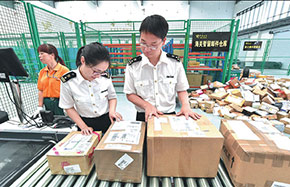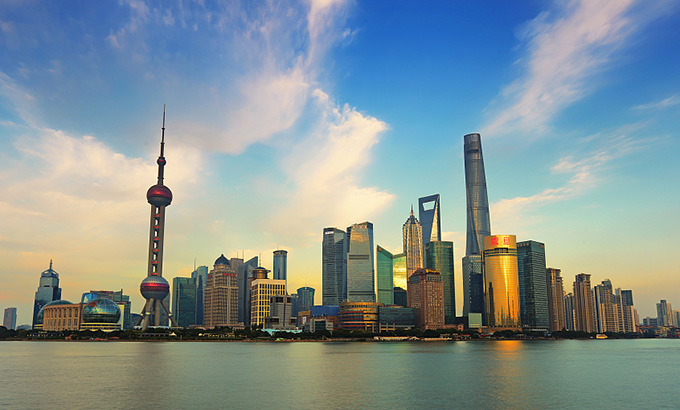Why is 6% growth achievable for China's economy?
BEIJING - China is determined to put growth quality before pace, but that will not hold the economy back from growing faster than most of other countries in the coming decade, according to experts.
In a report delivered to the 19th National Congress of the Communist Party of China (CPC), the country's leadership called it "a new historic juncture in China's development," as the economy has been transitioning from a phase of rapid growth to a stage of high-quality development.
In the eyes of Chi Fulin, head of the China Institute for Reform and Development, that does not mean the growth rate will be mediocre.
Over the next five to 10 years, China's economy will be able to achieve at least 6 percent of annual growth thanks to improvement in industrial structure, upgrading of consumer spending and progress of urbanization, he said.
In the past five years, the global economy expanded at an average rate of 2.6 percent, while developing economies grew at 4 percent.
China has set 2020 as the target to finish building a moderately prosperous society in all respects, just one year before the CPC celebrates its 100th anniversary.
Chi estimated that by the end of 2020, China's economic rebalancing will yield eye-propping results.
By then, the value of the country's service sector will increase to about 50 trillion yuan ($7.58 trillion) from 38.4 trillion yuan recorded in 2016. Retail sales of consumer goods will also expand to about 50 trillion yuan from 33 trillion yuan recorded in 2016.
The integrated development of urban and rural areas is expected to generate investment and consumption of nearly 100 trillion yuan, which will be the most remarkable bonus for China's development in the medium to long run, he said.
Over this period, China's contribution to global economic growth would remain at around 30 percent. More than half of its population would become middle-income earners.
"A successful rebalancing of the world's second largest economy would not only upgrade China's economy, but also boost global economic recovery and growth," Chi said.
In the future, China's economic restructuring will be advanced together with opening up, of which the Belt and Road Initiative and the development of service trade and free trade zones will be the focuses, he said.
The IMF recently raised its forecast for China's economic growth in 2017 and 2018 to 6.8 percent and 6.5 percent respectively, both higher than the earlier forecast in July.
For an economy with a total volume of over $11 trillion, maintaining such high growth is not easy, Chinese Vice-Finance Minister Zhu Guangyao said.
China's stable economic growth mainly stems from major progress in economic reforms, particularly supply-side structural measures, and the government's ability to maintain a stable macroeconomic policy, he said.
While gains from structural reforms will come with a time lag, they will have a positive impact on China's economic growth in the medium term, said Changyong Rhee, director of the Asia Pacific Department at the IMF, adding China's growth has also provided ample opportunities for Asia to maintain its growth over the last ten years.



















